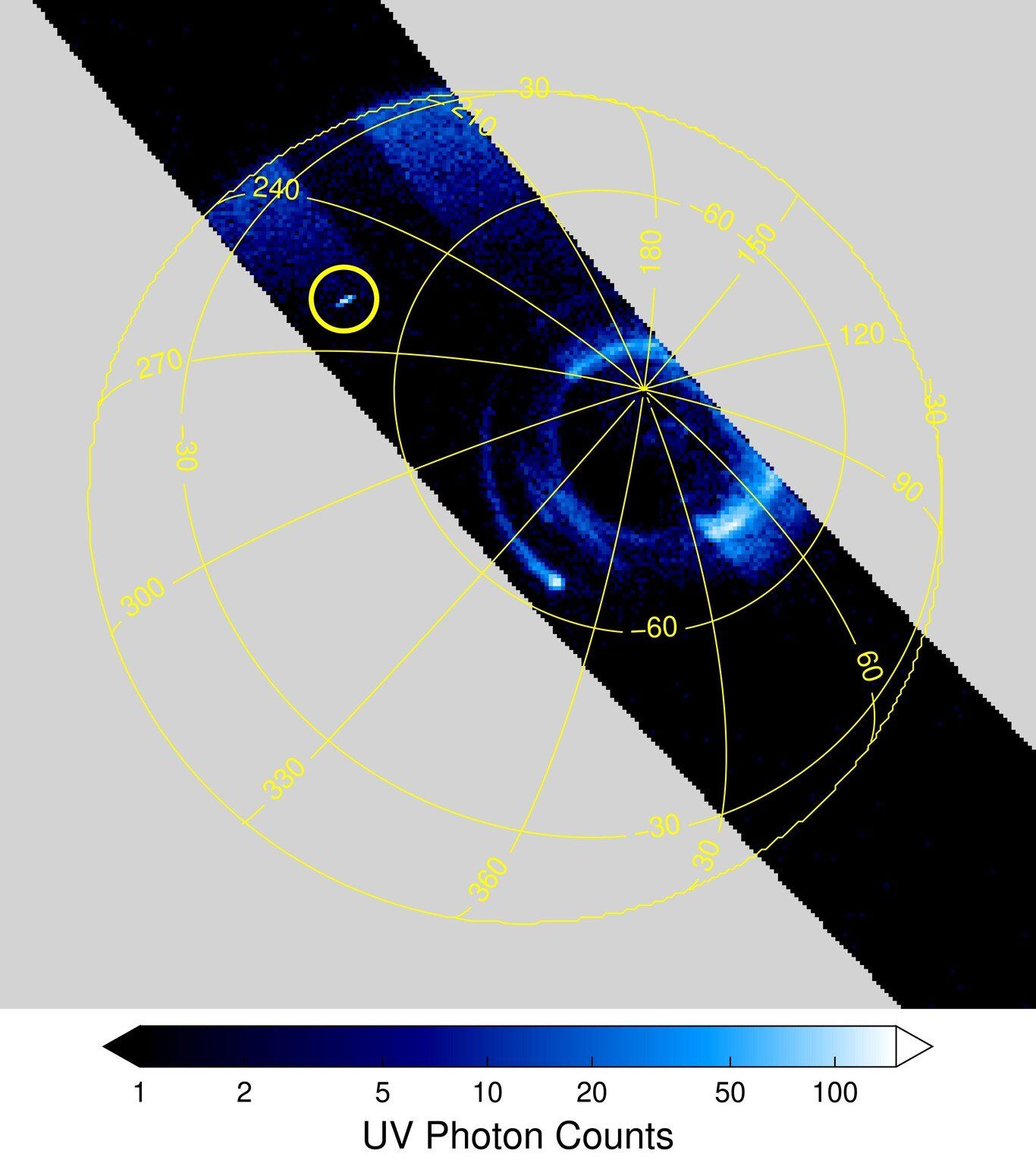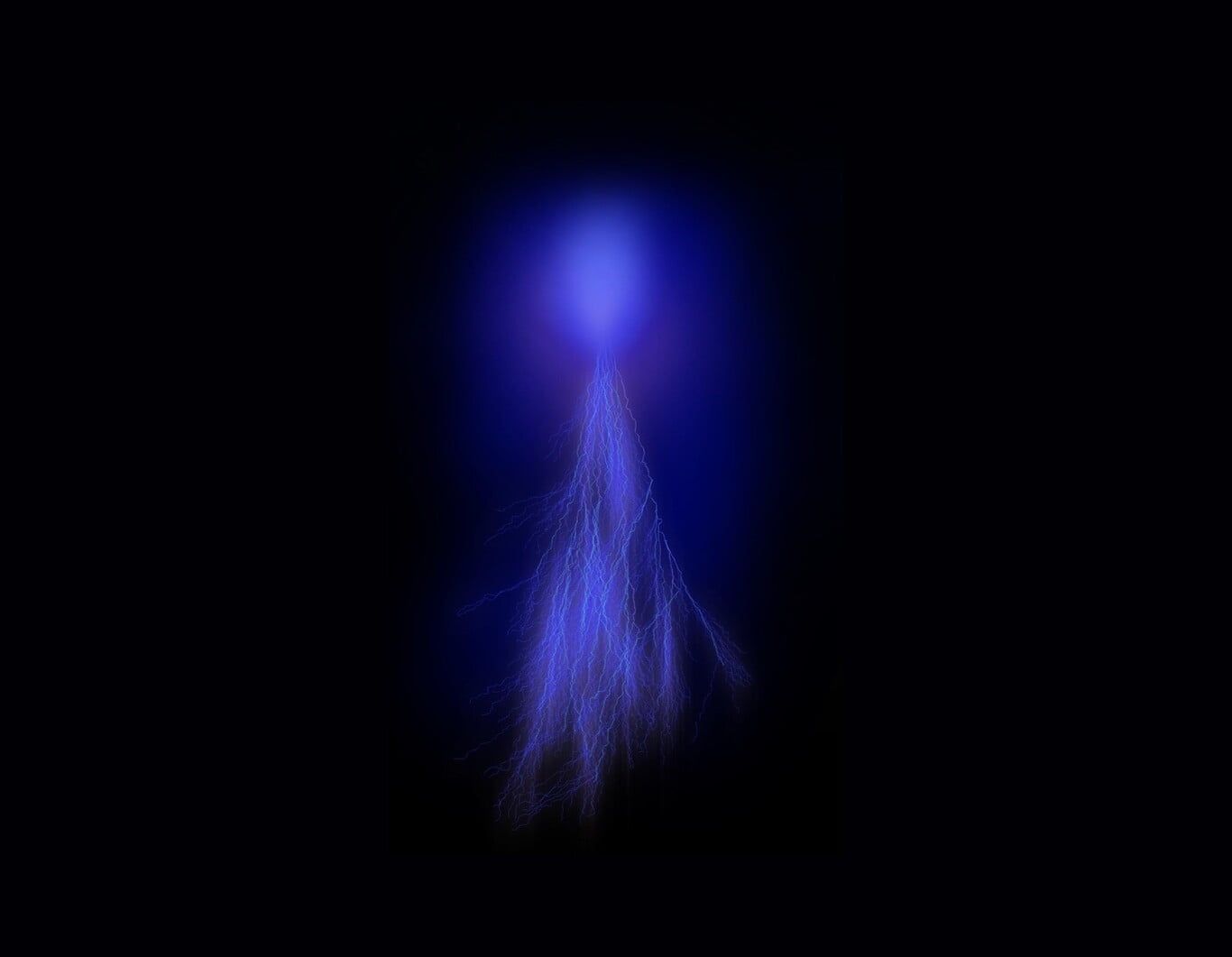NASA detects luminous phenomena in the atmosphere of Jupiter. When we think of bright flashes of light in the atmosphere, the first thing that comes to mind is the lightning-caused flashes during storms. These are the ones we see in the lower parts of the atmosphere, but in the higher areas, there are other interesting transitory light effects. Now, for the first time, these effects have been seen also outside the Earth, on Jupiter.
- Starlink public beta is now available: Elon Musk’s satellite Internet costs $99 per month
- Microsoft Azure connects directly to the SpaceX Starlink satellites
- OSIRIS-REx mission: NASA lands on an astroid for the first time

Some of the electrical phenomena that can occur in the stratosphere, in the mesosphere, and in even higher areas that are not visible to the naked eye from the Earth. The ‘elves’ for example create ovals of hundreds of kilometers in diameter for only a few milliseconds. They occur in the ionosphere and above storms when nitrogen molecules collide and have a reddish color. Something similar occurs with the ‘spectra’, which look like giant tentacles of reddish, greenish or blue color. These however lower their altitude a little more but still above the troposphere.
NASA detects luminous phenomena in the atmosphere of Jupiter
Although we have been able to glimpse these phenomena in recent decades on Earth thanks to satellites and other vehicles, they have never been seen before on our neighboring planets. Until now, the NASA Juno probe has observed what appears to be the first electrical discharges of this type outside the Earth, on Jupiter. Juno is certainly giving us many surprises about the fifth planet in the Solar System.
According to a recent study based on data collected by Juno, these transient light effects have been observed by NASA on the largest planet in the Solar System, Jupiter. Jupiter has one of the most chaotic, agitated, and precious atmospheres in the entire Solar System. Astronomers had previously suspected that transient light events could occur there too without proof. Until now, no direct evidence had been discovered to prove that the rare phenomenon was occurring in the gas giant.
The discovery came as scientists analyzed data collected by a Juno ultraviolet spectrograph. A spectrograph essentially separates light rays according to their wavelength, so it is easier to understand what is happening and not seen at first glance. This is how NASA discovered a total 11 extremely short but intense ultraviolet light bursts over a region of Jupiter where thunderstorms are known to exist.
NASA detects luminous phenomena in the atmosphere of Jupiter. On Earth, these types of phenomena are usually reddish or orange in color due to the interaction with nitrogen. On Jupiter, on the other hand, the upper atmosphere is mostly composed of hydrogen, which makes these luminous phenomena blue and pink. The upper image of the article shows an artistic representation of how these bluish effects are estimated to be on Jupiter.





